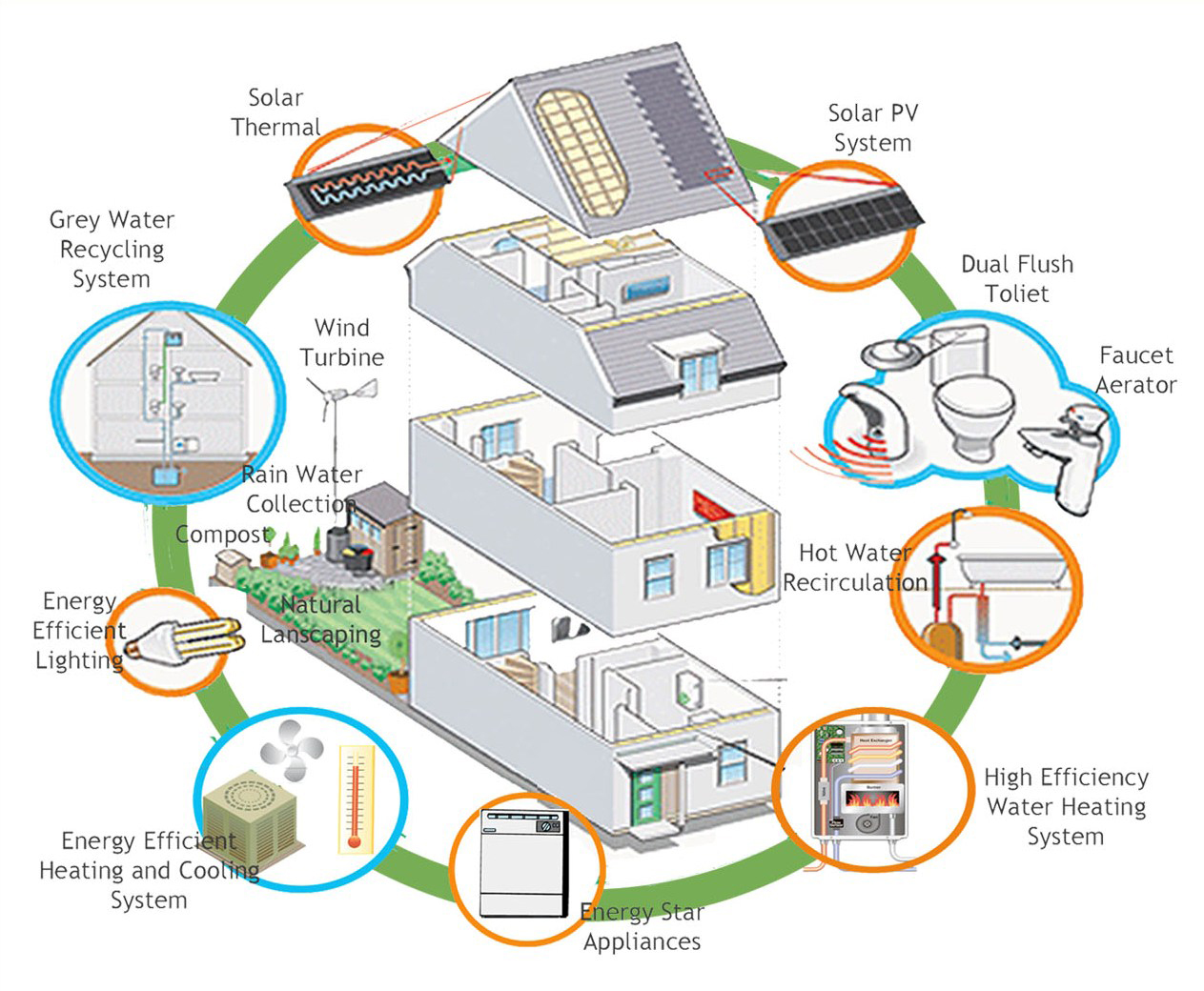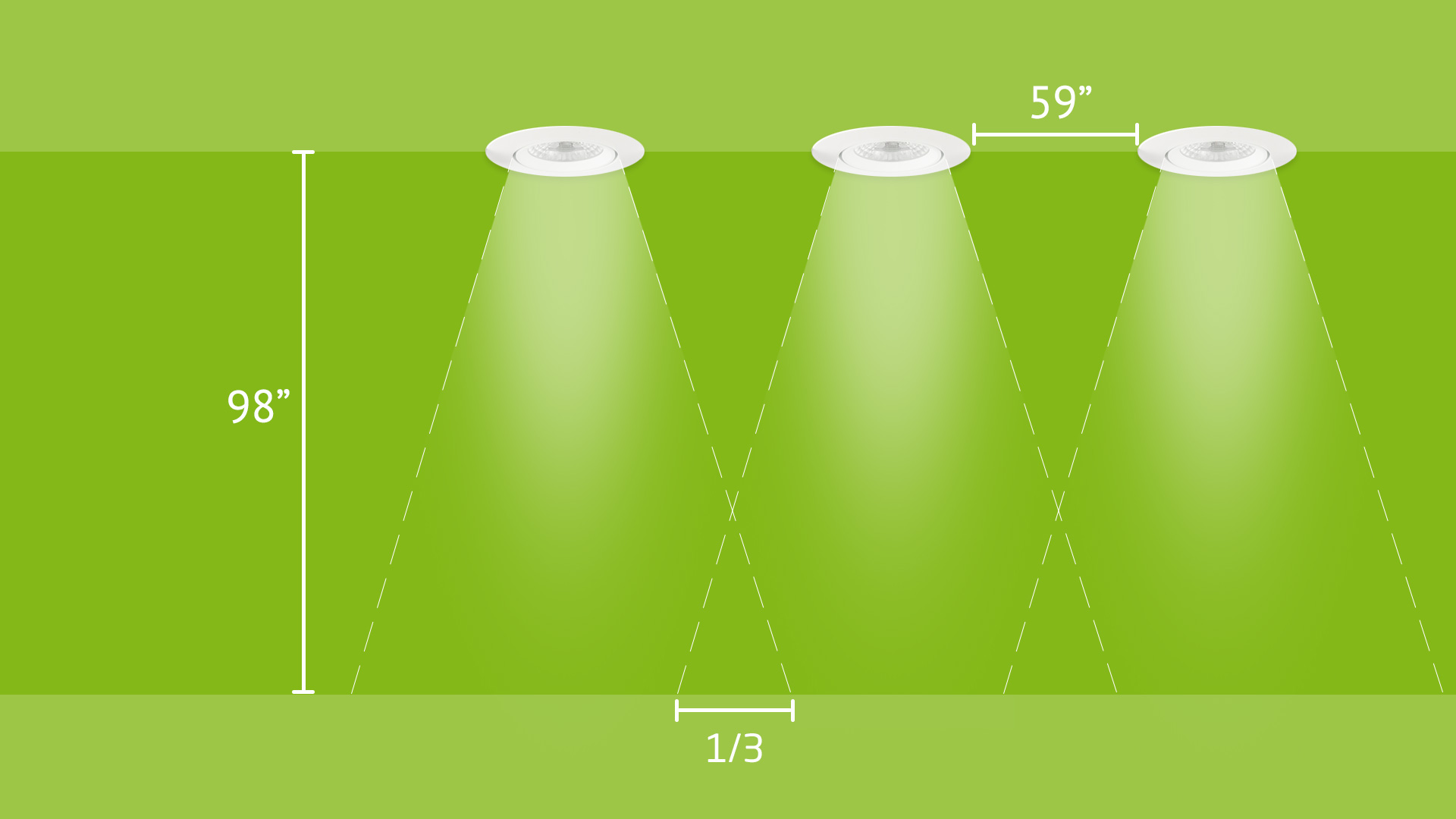When it comes to kitchen lighting, there are plenty of options to choose from. One popular choice is recessed lighting, also known as can lights or downlights. These lights are installed directly into the ceiling, creating a clean and modern look. But how do they compare to hanging lighting when it comes to illuminating your kitchen island? Let's take a closer look.Recessed Lighting: A Modern and Sleek Option for Your Kitchen Island
Hanging lights, also known as pendant lights, are fixtures that hang from the ceiling and provide direct light to a specific area. These lights come in a variety of styles, making them a great decorative addition to your kitchen. But how do they measure up against recessed lighting in terms of functionality and design? Let's find out.Hanging Lighting: Adding a Decorative and Functional Touch to Your Kitchen Island
The kitchen island serves as a central gathering place for family and friends, making it an important area to light properly. Whether you use your island for food prep, dining, or simply as a workspace, it's essential to have adequate lighting. Both recessed and hanging lighting can effectively light up your kitchen island, but which one is the better choice?Kitchen Island: The Focal Point of Your Kitchen
When it comes to comparing recessed and hanging lighting for your kitchen island, there are a few factors to consider. These include design options, installation, cost, energy efficiency, and lighting placement. Let's take a closer look at each of these factors to help you decide which type of lighting is best for your kitchen island.Comparison: Recessed Lighting vs Hanging Lighting for Your Kitchen Island
Pros: Recessed lighting provides a clean and modern look, as the fixtures are installed flush with the ceiling. They also offer a high level of customization, as you can choose the size, shape, and direction of the light. Additionally, recessed lights are energy-efficient, as they use LED or CFL bulbs. Cons: The installation process can be challenging and requires cutting into the ceiling. This can be a messy and time-consuming task, especially if your kitchen is already finished. Recessed lights also tend to provide a more focused light, which may not be sufficient for larger kitchen islands.Pros and Cons of Recessed Lighting for Your Kitchen Island
Pros: Hanging lights offer a decorative touch to your kitchen island and can serve as a focal point in the room. They also come in a variety of styles, making it easy to find a design that complements your kitchen's aesthetic. Additionally, hanging lights provide more direct and focused light compared to recessed lighting. Cons: Depending on the size and style of the hanging lights, they may not provide enough light for larger kitchen islands. They also require a longer installation process, as the fixtures need to be properly hung and wired. Additionally, they can be more expensive than recessed lighting options.Pros and Cons of Hanging Lighting for Your Kitchen Island
When it comes to design options, both recessed and hanging lighting offer a wide range of choices. Recessed lights come in various shapes and sizes, including round, square, and rectangular. You can also choose between directional and fixed lights to suit your lighting needs. Hanging lights, on the other hand, come in various styles, including single pendants, multi-light pendants, and chandeliers. You can also choose from different materials such as glass, metal, or fabric shades to add a unique touch to your kitchen island.Design Options: Adding Personality to Your Kitchen Island
Installing recessed lighting involves cutting holes in the ceiling and wiring the fixtures. This process requires a professional electrician, which can add to the overall cost. However, once the lights are installed, they require minimal maintenance. Hanging lights, on the other hand, require a bit more work in terms of installation. They need to be properly hung and wired, which can be a more time-consuming and complex process. Additionally, hanging lights may need to be adjusted or replaced more frequently than recessed lights.Installation: The Process of Installing Recessed and Hanging Lighting
In general, recessed lighting tends to be more cost-effective than hanging lights. The fixtures themselves are usually less expensive, and the installation process is simpler and quicker. However, if you're looking for more decorative or high-end recessed lighting options, the cost may be comparable to hanging lights. Hanging lights can vary in price, depending on the style, material, and size of the fixtures. They also require a bit more work in terms of installation, which can add to the overall cost. However, if you're willing to invest in a statement piece for your kitchen island, hanging lights can add significant value and visual appeal to your space.Cost: Comparing the Price of Recessed and Hanging Lighting
Both recessed and hanging lights can be energy-efficient, but it ultimately depends on the type of bulbs used. Recessed lights typically use LED or CFL bulbs, which are more energy-efficient and have a longer lifespan compared to standard incandescent bulbs. Hanging lights also have energy-efficient options, such as LED or fluorescent bulbs. However, they may use more bulbs per fixture, which can offset their energy-saving benefits. Ultimately, both types of lighting can be energy-efficient, but it's essential to choose the right bulbs for optimal energy savings.Energy Efficiency: Which Option is Better for Saving Energy?
The Benefits of Recessed Lighting for Your Kitchen Island

Efficiency and Versatility
 Recessed lighting, also known as can lights or downlights, has become increasingly popular in modern kitchens. This type of lighting is installed directly into the ceiling, providing a sleek and streamlined look. One of the main benefits of recessed lighting is its efficiency. These lights use less energy and produce less heat compared to traditional hanging lights, making them an eco-friendly and cost-effective choice. Additionally, recessed lighting is highly versatile, allowing you to adjust the direction and angle of the light to highlight specific areas of your kitchen island.
Recessed lighting, also known as can lights or downlights, has become increasingly popular in modern kitchens. This type of lighting is installed directly into the ceiling, providing a sleek and streamlined look. One of the main benefits of recessed lighting is its efficiency. These lights use less energy and produce less heat compared to traditional hanging lights, making them an eco-friendly and cost-effective choice. Additionally, recessed lighting is highly versatile, allowing you to adjust the direction and angle of the light to highlight specific areas of your kitchen island.
Enhanced Aesthetic Appeal
 Recessed lighting is a great choice for those who prefer a minimalistic and contemporary look in their kitchen. The lights are hidden within the ceiling, creating a clean and uncluttered appearance. This can be especially beneficial for smaller kitchens, as hanging lights can take up valuable space and make the room feel cramped. With recessed lighting, the focus remains on the design and function of your kitchen island, rather than the lighting fixtures.
Recessed lighting is a great choice for those who prefer a minimalistic and contemporary look in their kitchen. The lights are hidden within the ceiling, creating a clean and uncluttered appearance. This can be especially beneficial for smaller kitchens, as hanging lights can take up valuable space and make the room feel cramped. With recessed lighting, the focus remains on the design and function of your kitchen island, rather than the lighting fixtures.
Customizable Lighting Options
 Another advantage of recessed lighting is its customizable options. You can choose from a variety of sizes, shapes, and colors to match your kitchen's style and design. You can also select the type of light bulb to use, such as LED or halogen, which can affect the brightness and color temperature of the light. This allows you to create the perfect ambiance in your kitchen, whether you prefer a warm and cozy feel or a bright and inviting atmosphere.
Another advantage of recessed lighting is its customizable options. You can choose from a variety of sizes, shapes, and colors to match your kitchen's style and design. You can also select the type of light bulb to use, such as LED or halogen, which can affect the brightness and color temperature of the light. This allows you to create the perfect ambiance in your kitchen, whether you prefer a warm and cozy feel or a bright and inviting atmosphere.
Easy Maintenance and Cleaning
 Compared to hanging lights, recessed lighting requires minimal maintenance and cleaning. Since the lights are flush with the ceiling, there are no dangling wires or fixtures to collect dust and dirt. This not only saves you time and effort but also keeps your kitchen looking polished and tidy. Additionally, recessed lights are less prone to damage or breakage, as they are securely installed in the ceiling.
Conclusion:
In the debate between recessed lighting and hanging lighting for kitchen islands, recessed lighting offers numerous benefits. It is not only efficient and versatile, but also enhances the aesthetic appeal of your kitchen and allows for customizable lighting options. With easy maintenance and cleaning, recessed lighting is a practical and stylish choice for any kitchen design. Consider incorporating recessed lighting into your kitchen island to elevate its functionality and design.
Compared to hanging lights, recessed lighting requires minimal maintenance and cleaning. Since the lights are flush with the ceiling, there are no dangling wires or fixtures to collect dust and dirt. This not only saves you time and effort but also keeps your kitchen looking polished and tidy. Additionally, recessed lights are less prone to damage or breakage, as they are securely installed in the ceiling.
Conclusion:
In the debate between recessed lighting and hanging lighting for kitchen islands, recessed lighting offers numerous benefits. It is not only efficient and versatile, but also enhances the aesthetic appeal of your kitchen and allows for customizable lighting options. With easy maintenance and cleaning, recessed lighting is a practical and stylish choice for any kitchen design. Consider incorporating recessed lighting into your kitchen island to elevate its functionality and design.





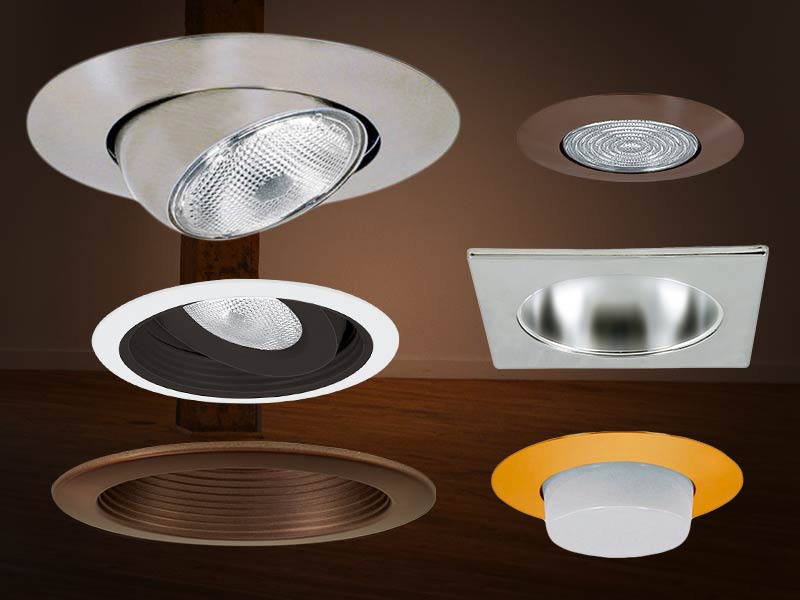









/lights-hang-outdoors-656718094-5ad624fd8023b90036cf2e6c.jpg)






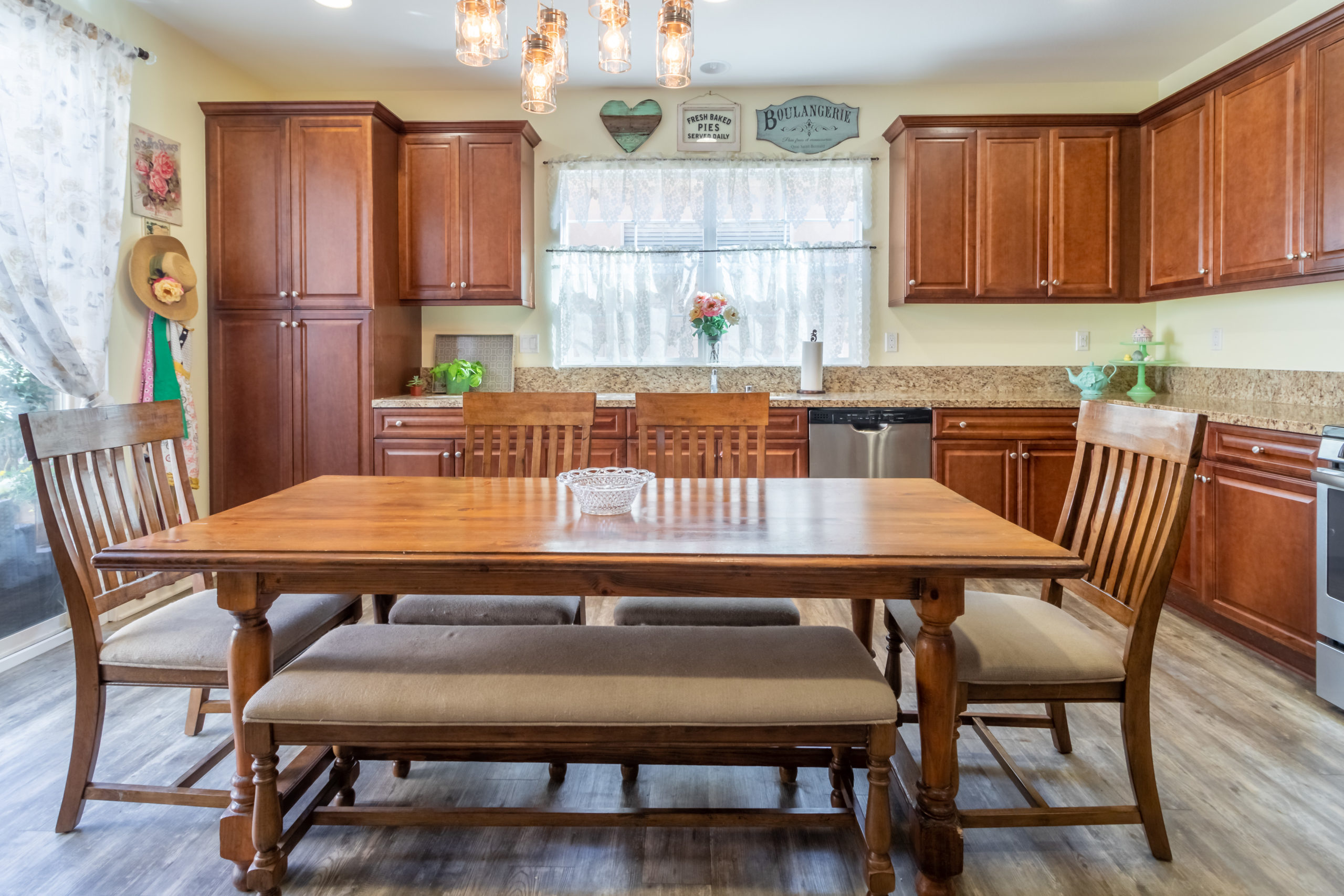



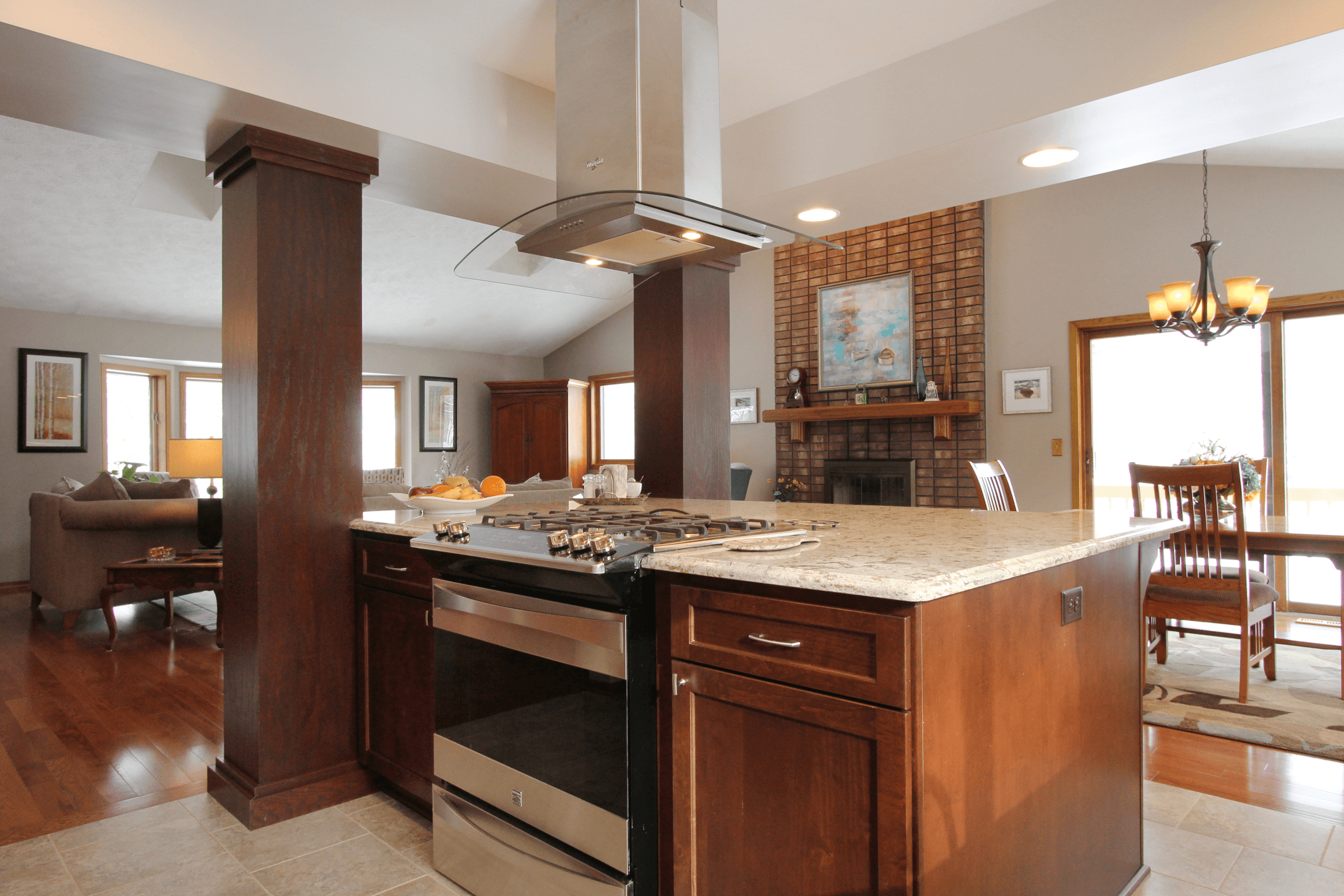







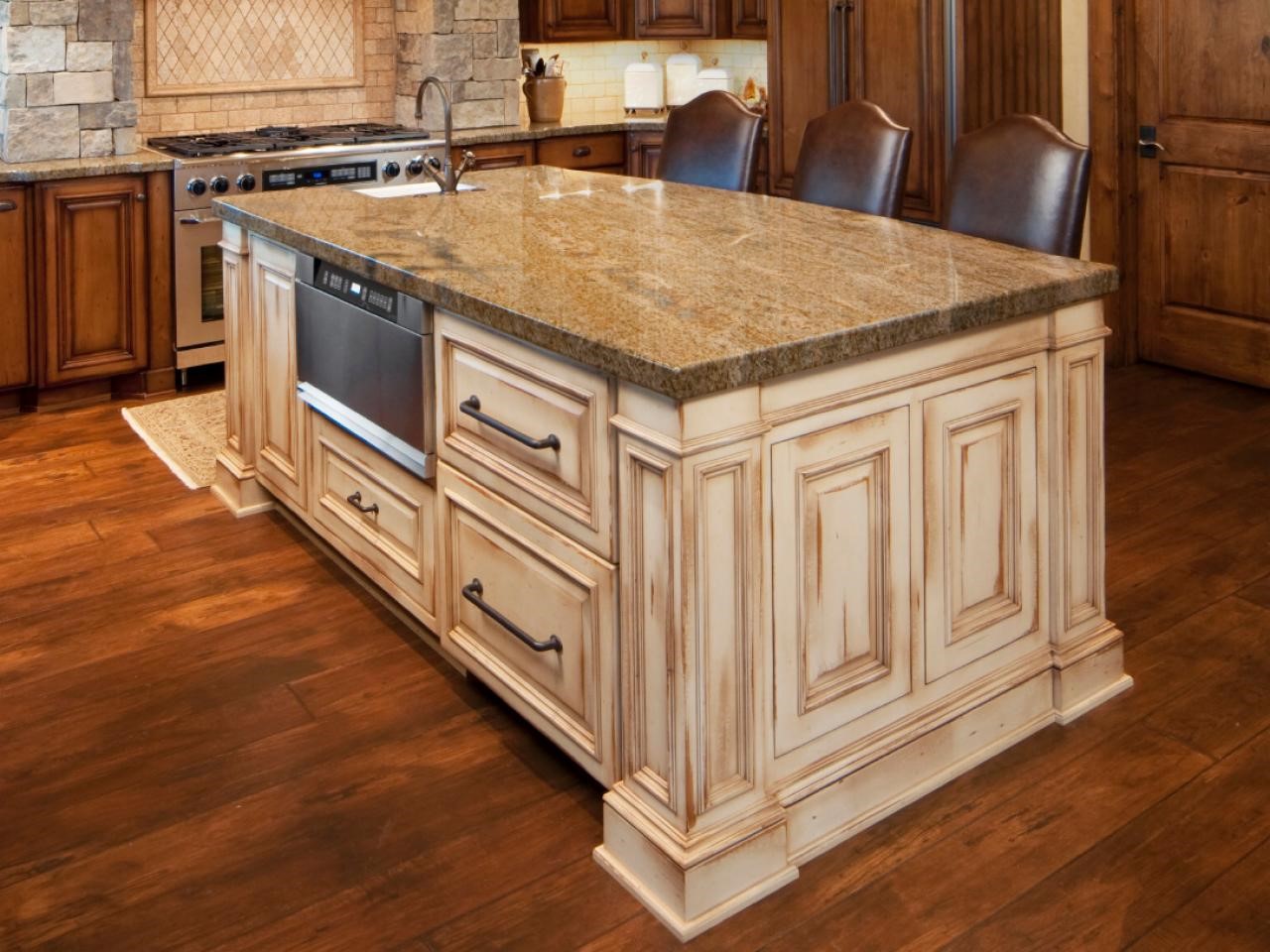



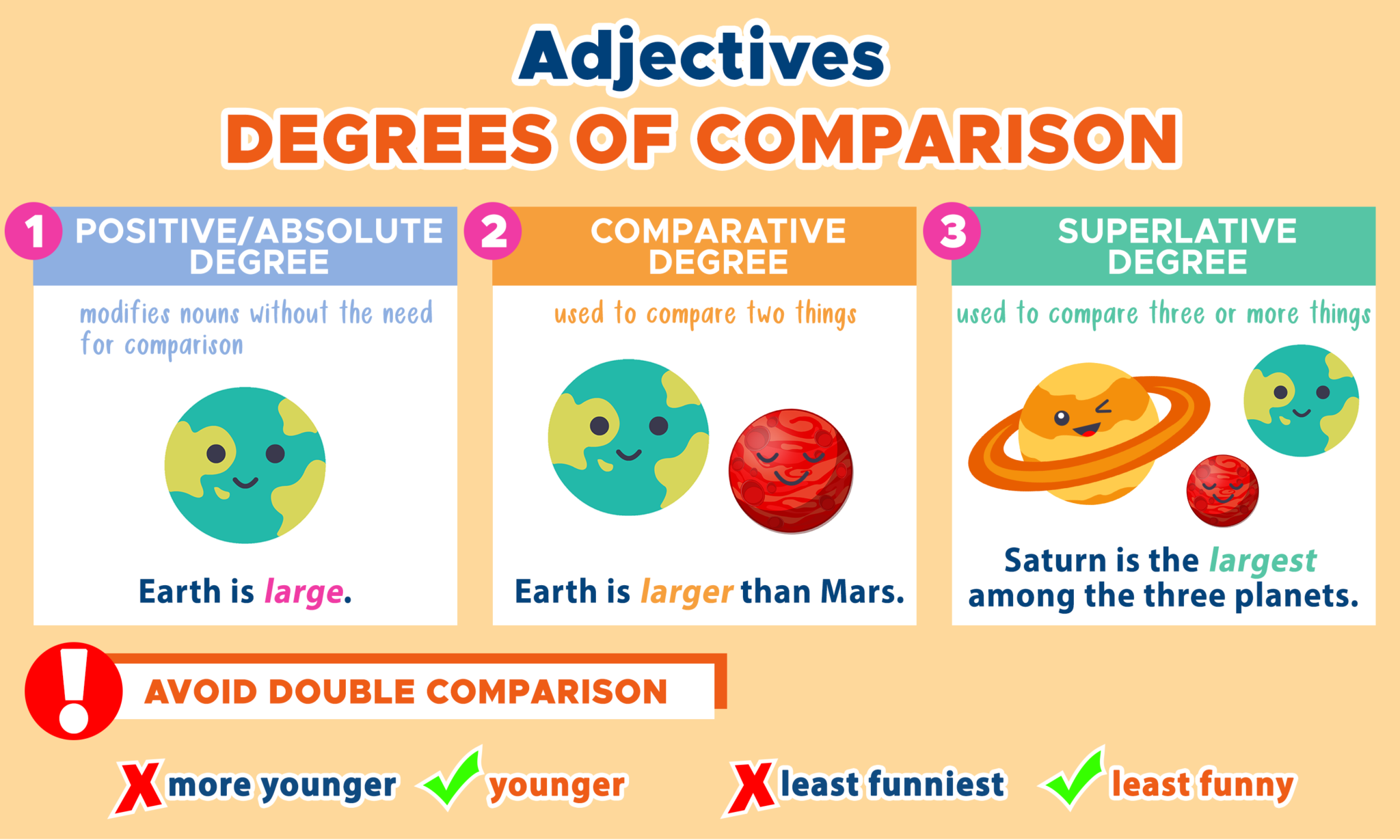





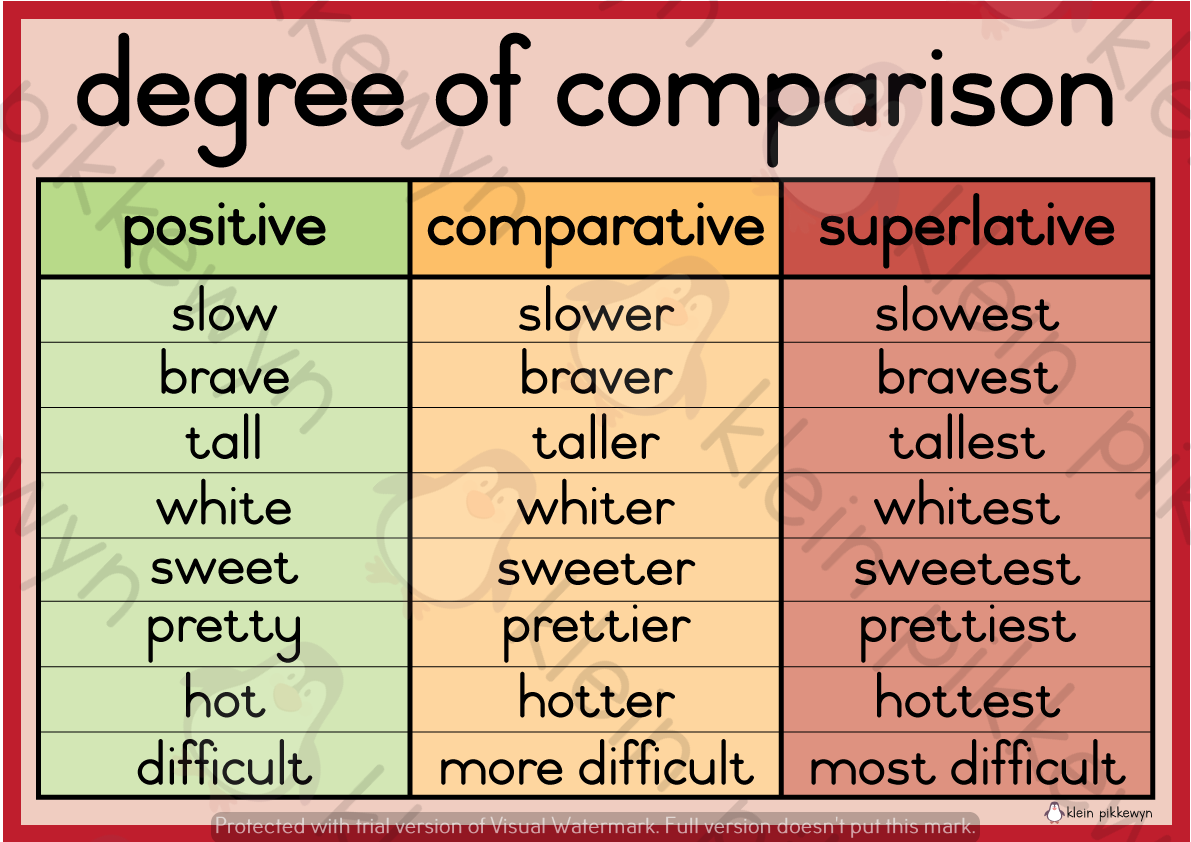




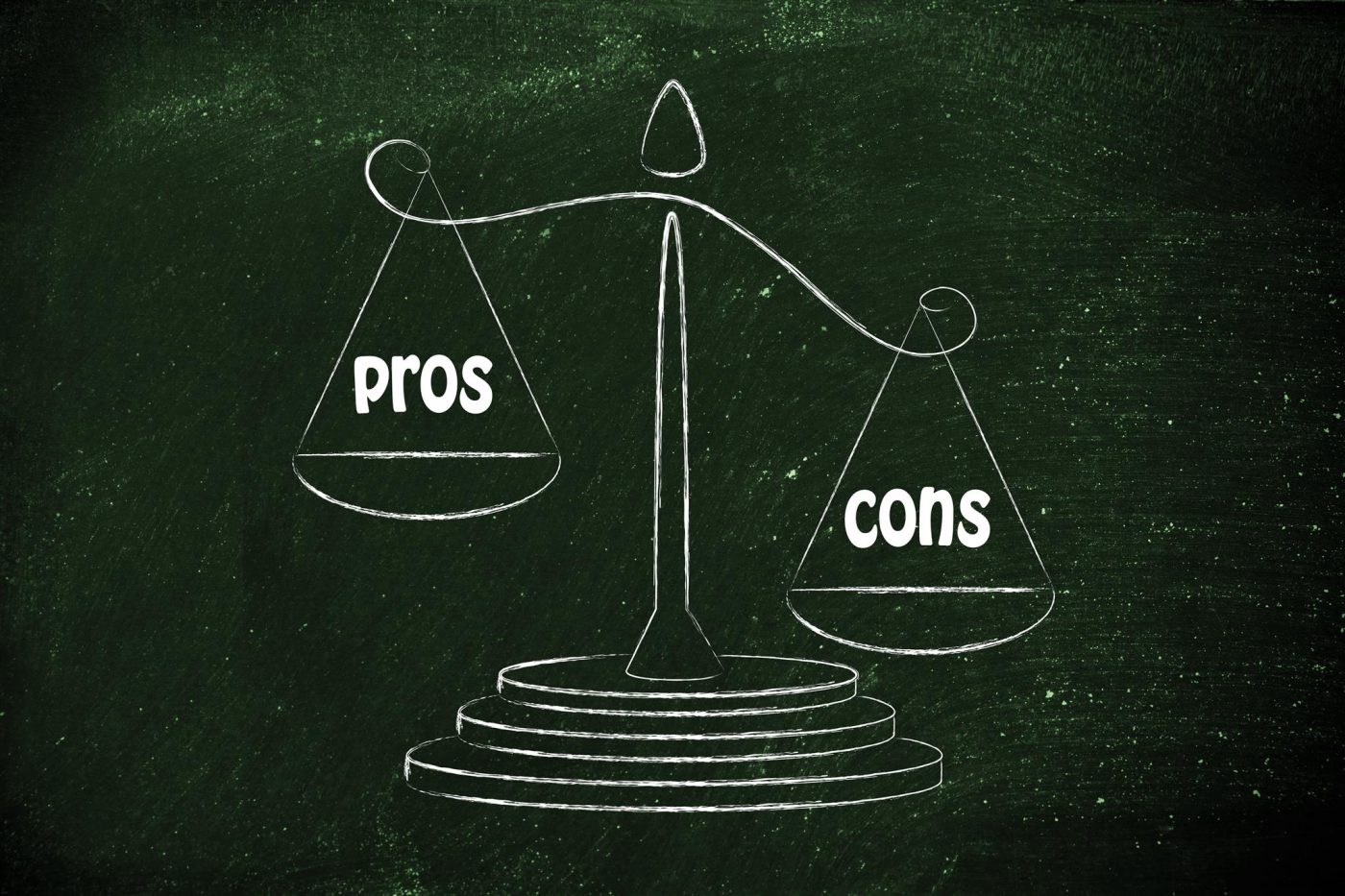

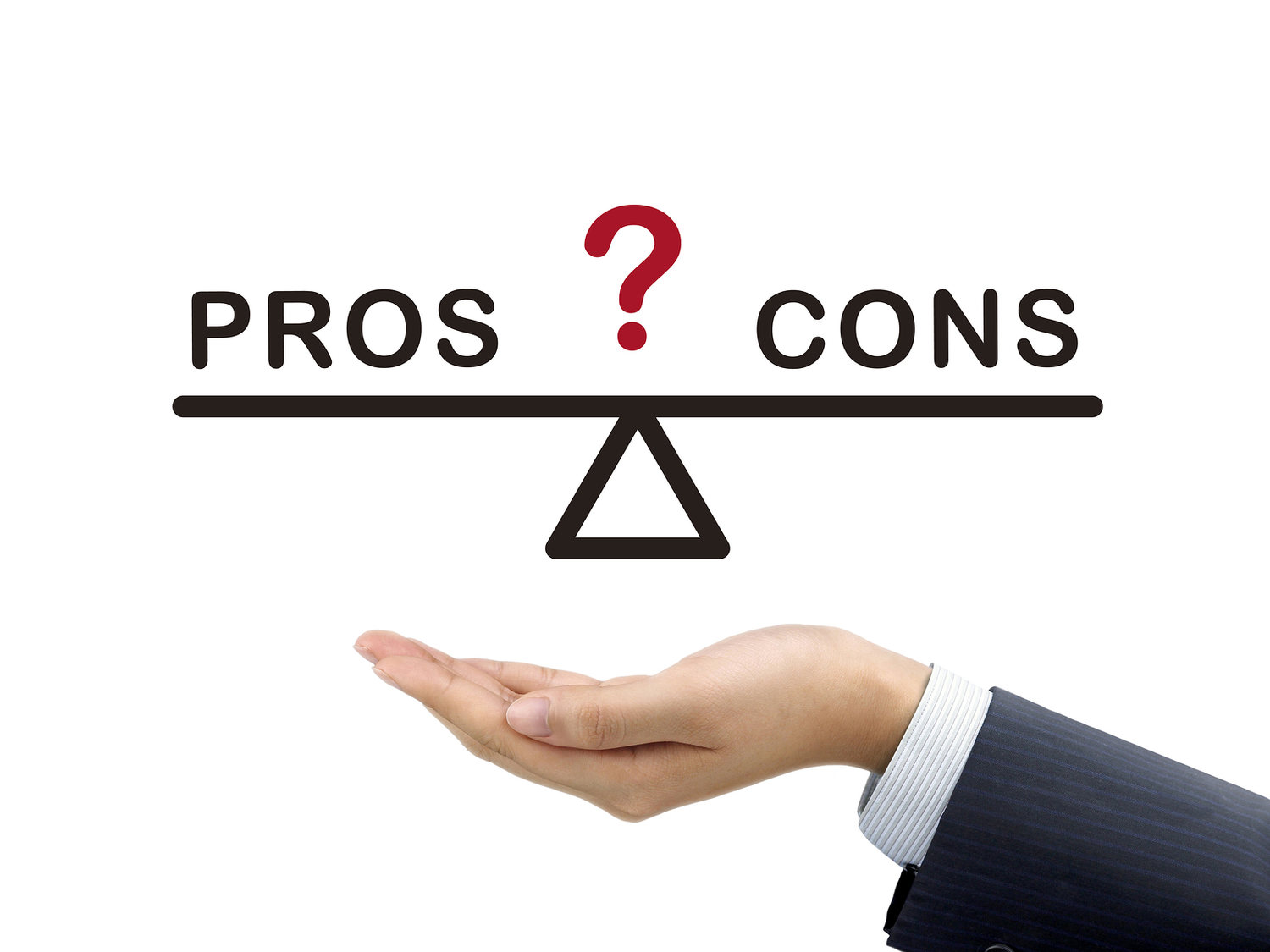















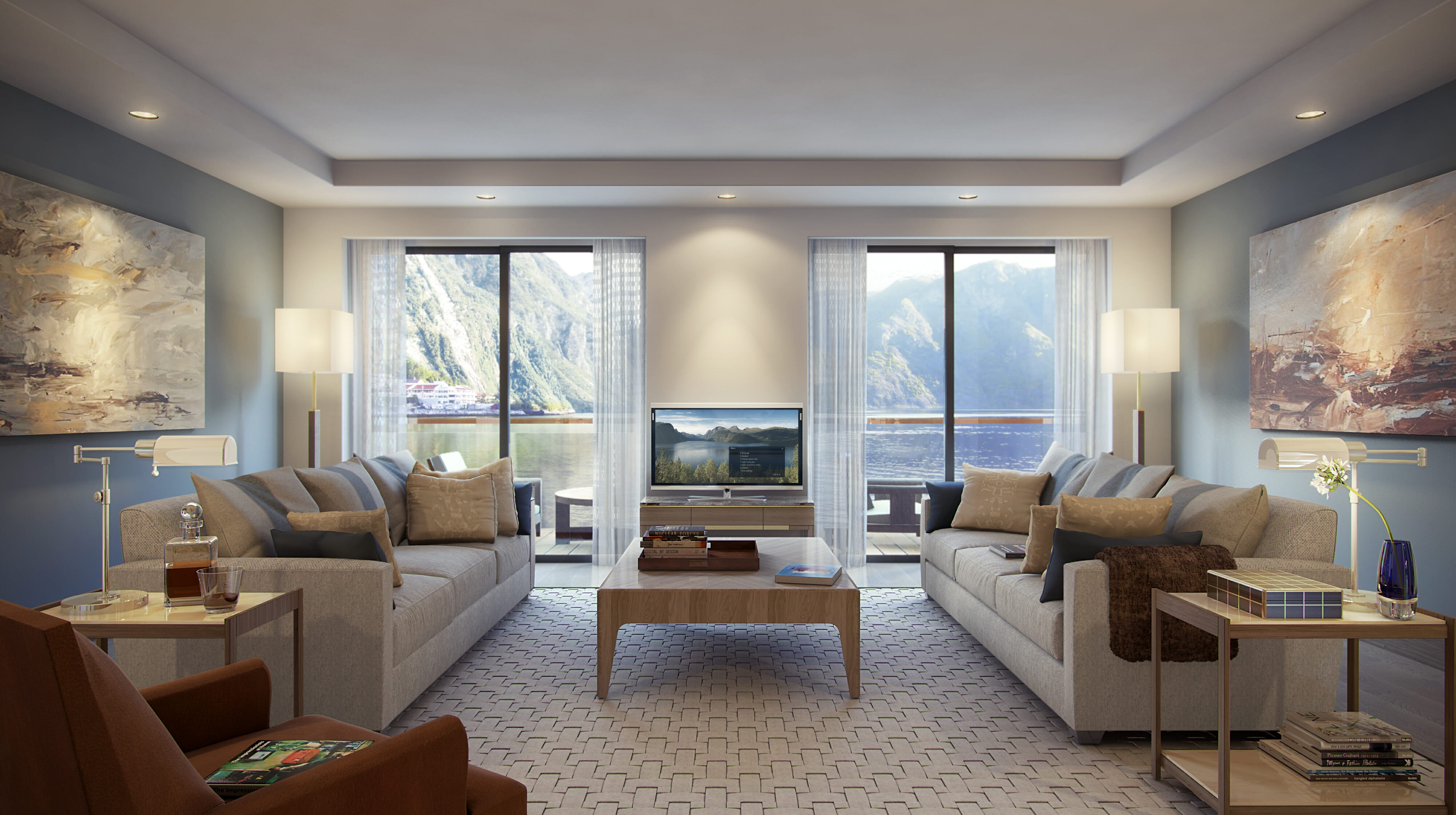


















:max_bytes(150000):strip_icc()/cost-benefit-analysis-2275277-v3-5c097ed2c9e77c00014c9ed1.png)
















